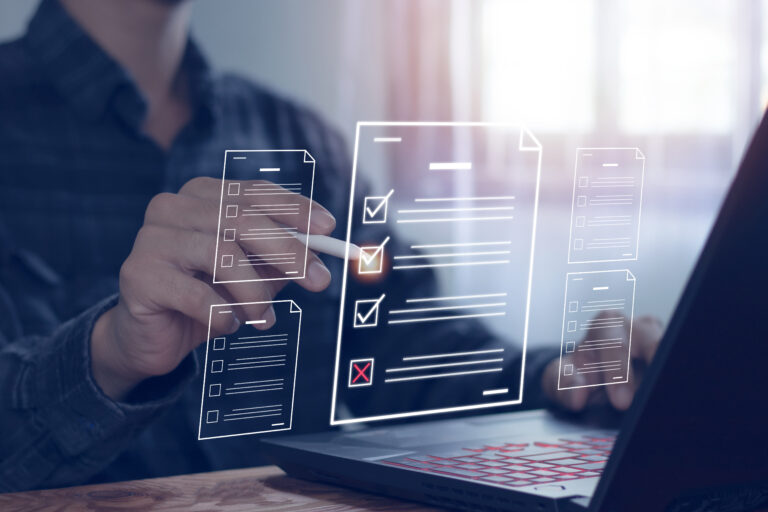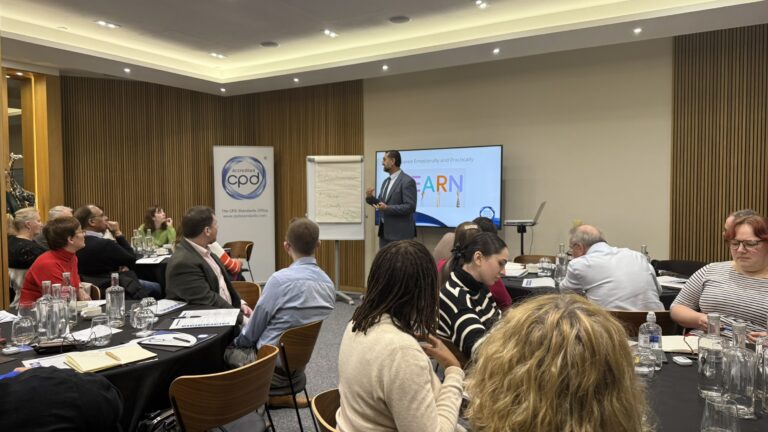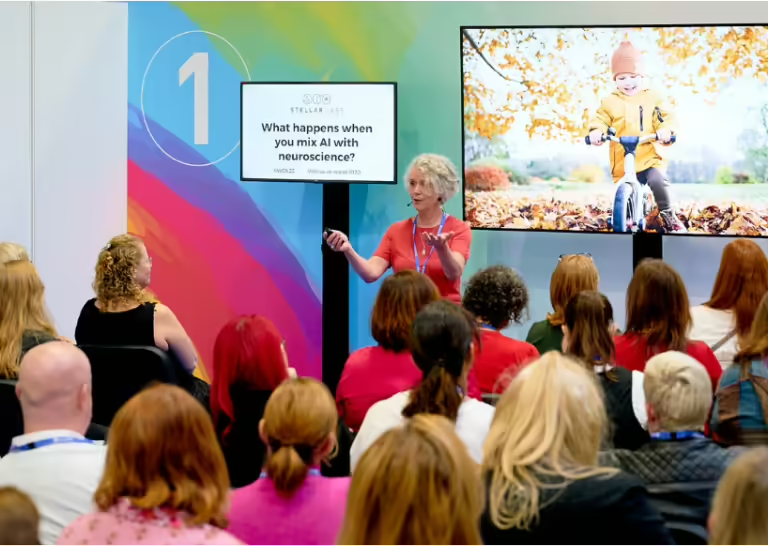Hello and welcome to this edition of Friday Fresh!
By this time you will have realised that we are full of unconventional ideas. Here’s another one: get your learners to fail!
It’s a universal fact that in most cases we (humans) are pretty bad at almost everything the first time. The more we do it, the better we get. But this first failure is so dreaded by most people that they often hold back for years.
In a culture obsessed with success, the notion of embracing failure can seem counterintuitive. Yet, it’s through understanding and even planning for failure that we unlock our greatest potential for learning and innovation. This week, we’re exploring how encouraging intentional failure can be a transformative tool in education and professional development.
The Philosophy Behind Intentional Failure
Intentional failure is not about encouraging lackluster effort or settling for mediocrity. Instead, it’s about creating a safe space where learners can experiment, push boundaries, and take calculated risks without the fear of repercussions. It’s in these moments, when outcomes don’t align with expectations, that the richest learning experiences emerge.
Incorporating Intentional Failure into Learning
- Design Challenges with No Right Answer: Encourage learners to tackle problems where there is no single correct solution, only a variety of outcomes to learn from.
- Fail Forward Projects: Assign projects where the goal is to iterate based on failures. Each setback should lead to a new understanding or approach.
- Reflection and Debriefing: After an intentional failure exercise, conduct sessions where learners can share their experiences, insights, and takeaways.
A Real-World Example: The Mars Climate Orbiter Mishap
Let’s look at a historical example of failure with significant learning outcomes—the Mars Climate Orbiter. In 1999, this NASA spacecraft was lost because one engineering team used metric units while another used English units for a key spacecraft operation. The mishap led to a total loss of the mission.
However, this failure had a silver lining. It served as a wake-up call for NASA, prompting the agency to overhaul its communication and measurement protocols. This intentional reflection on failure fortified future missions and underscored the importance of cross-team communication and standardized practices.
By teaching your learners to fail intentionally, you’re not just preparing them for the occasional setback; you’re equipping them with the tools to transform failure into a stepping stone for success. This approach fosters a resilient, innovative mindset that values growth and learning above all.
Final Thoughts
So, as we wrap up this edition of Friday Fresh, remember: the path to true mastery and innovation is paved with lessons learned from intentional failures. Encourage your learners to embrace these moments, reflect on them, and ultimately, use them as fuel for their personal and professional development journeys.
Until next time, keep embracing the beautiful mess of learning, including the failures, because that’s where the magic really happens.







